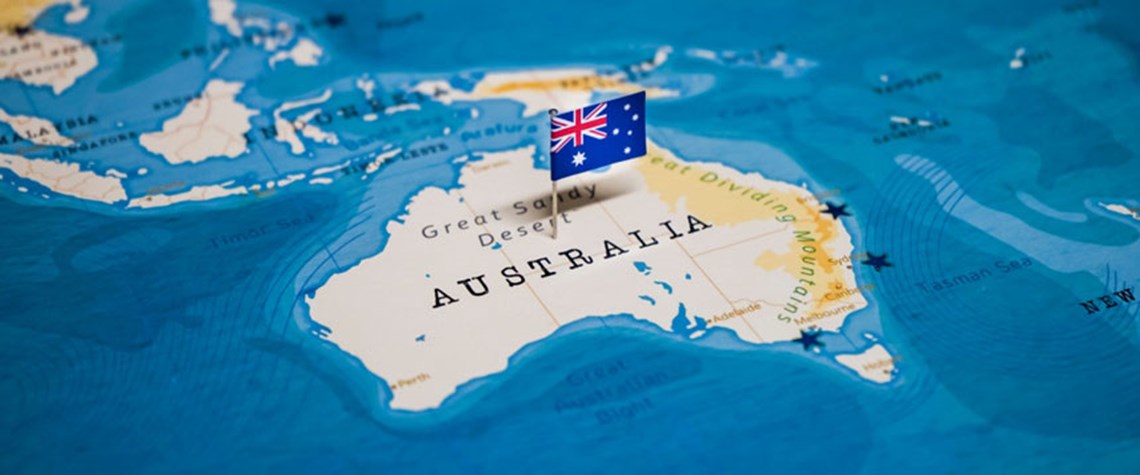Australian states leading swift power transition
Laws at state level are enabling transition, but recent federal climate change legislation encourages direction of travel
Australia’s state and federal policies now mean it is likely to achieve emissions reductions in the power sector consistent with its targeted contribution to the Paris Agreement, according to stakeholders surveyed by the Australian Energy Market Operator (AEMO). Australia’s recently passed climate change law enshrines a target of 43pc reductions from 2005 levels by 2030, and net-zero emissions by 2050. In its 2022 integrated system plan, AEMO sets out five scenarios, and reports that stakeholders consider its Step Change scenario—where Australia reduces emissions by 43pc and reaches 83pc renewable power by 2030—is the most likely. The climate change law has provided clarity at federal level

Also in this section
28 November 2025
The launch of the bloc’s emissions trading system in 2005 was a pioneering step, but as the scheme hits 21 its impact as a driver of decarbonisation is still open to debate
18 November 2025
Vicki Hollub, president and CEO of Occidental, has been selected as the 2026 recipient of the Dewhurst Award, the highest honour bestowed by WPC Energy. The Dewhurst Award celebrates exceptional leadership, groundbreaking innovation and a lifetime of significant achievements in sup-port of the development and advancement of the energy industry.
11 November 2025
Transition policies must recognise that significant industrial demand for carbon will continue even as economies hit net zero
6 November 2025
After years of pursuing ideologically driven climate leadership, Western powers are now stepping back under mounting political pressure and rising populist opposition—prompting concern essential climate action could be sidelined







